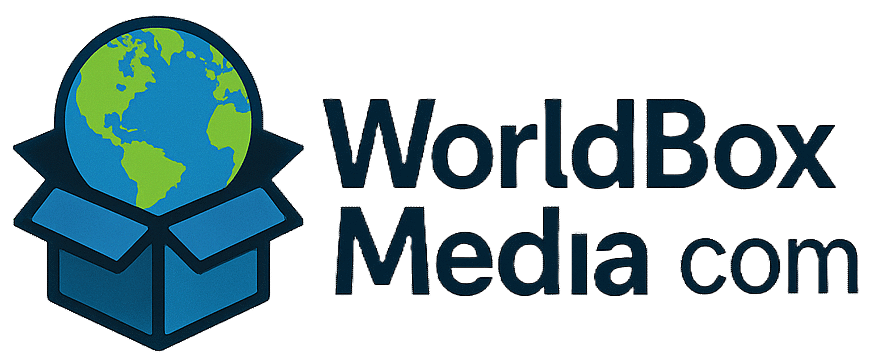By KT BROTHERS | May 1, 2025 | 14:12 IST
In 2025, the global banking scene continues to be shaped by massive financial institutions that manage not just banks but a range of services under large holding companies. These organizations are central to the financial system, offering services like retail banking, investment support, and wealth management — all while maintaining the financial stability needed in today’s fast-paced economy.
The Rise of Banking Giants
Many of the top banks in the world operate under powerful bank-holding companies. These holding structures give them the ability to provide diverse services while staying financially strong and flexible in a highly competitive global market.
Let’s take a look at the 10 largest banks across the globe in 2025, ranked by their market capitalization:
Top 10 Biggest Banks in the World (2025)
| Rank | Bank | Headquarters | Market Capitalization |
|---|---|---|---|
| 1 | JPMorgan Chase | New York, USA | $702.18 billion |
| 2 | Bank of America | North Carolina, USA | $329.04 billion |
| 3 | ICBC (Industrial & Commercial Bank of China) | Beijing, China | $315.81 billion |
| 4 | Agricultural Bank of China | Beijing, China | $245.97 billion |
| 5 | Wells Fargo | California, USA | $242.40 billion |
| 6 | China Construction Bank | Beijing, China | $222.04 billion |
| 7 | Bank of China | Beijing, China | $208.63 billion |
| 8 | HSBC | London, England | $207.15 billion |
| 9 | Morgan Stanley | New York, USA | $201.93 billion |
| 10 | Goldman Sachs | New York, USA | $182.10 billion |
A Closer Look at the World’s Leading Banks (2025)
1. JPMorgan Chase

- Total Assets: $4.21 Trillion
JPMorgan remains the largest U.S. bank and a key player globally in financial services and investment banking. It’s also among the early adopters of the FedNow real-time payment system introduced by the U.S. Federal Reserve.
2. Bank of America

- Total Assets: $3.32 Trillion
Bank of America serves millions of individual and business clients and has a strong presence in areas like trading, investment banking, and wealth management.
3. ICBC (China)
- Total Assets: $6.89 Trillion
The Industrial and Commercial Bank of China is the largest in the world by assets and plays a dominant role in China’s economy, while also having a significant global presence.
4. Agricultural Bank of China
- Total Assets: $6.21 Trillion
This bank focuses largely on China’s rural and agricultural development but also operates across various financial sectors, ranking high in global banking lists.
5. Wells Fargo
- Total Assets: $1.92 Trillion
With services spanning over 30+ countries, Wells Fargo is deeply embedded in the American financial system and is part of the institutions adopting the FedNow system.
6. China Construction Bank (CCB)
- Total Assets: $5.83 Trillion
Known for its support in construction and infrastructure finance, CCB is the second-largest bank by assets globally and one of China’s most influential banks.
7. Bank of China

- Total Assets: $4.86 Trillion
Bank of China is one of the country’s oldest banks with a major international footprint, playing an important role in overseas trade and financial services.
8. HSBC
- Total Assets: $3.09 Trillion
Headquartered in London, HSBC is a major global financial institution, serving millions of customers around the world with services in banking, investment, and wealth.
9. Morgan Stanley
- Total Assets: $1.25 Trillion
Morgan Stanley specializes in investment banking and wealth management. Recently, it expanded its partnership with Mitsubishi UFJ Financial to strengthen operations in foreign exchange and equities.
10. Goldman Sachs
- Total Assets: $1.72 Trillion
Goldman Sachs is known for handling major corporate deals, asset management, and investment banking. Founded in 1869, it has been involved in many major market events globally.
Final Thoughts…
The global banking system in 2025 is led by financial giants that not only manage trillions in assets but also influence global economies and policy-making. These top banks offer a glimpse into how the financial industry continues to evolve, with technology, mergers, and globalization playing major roles.
Understanding who these players are helps us better grasp where the world economy is headed — and how the money flows that shape it are managed.

